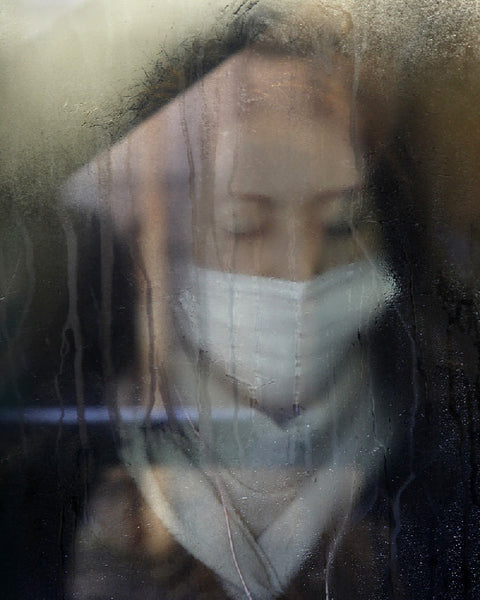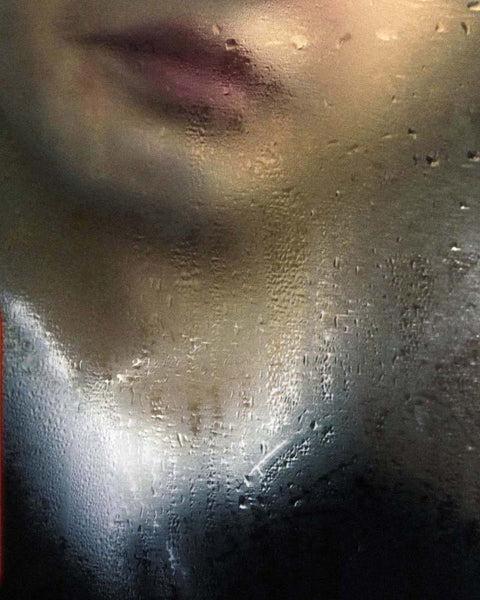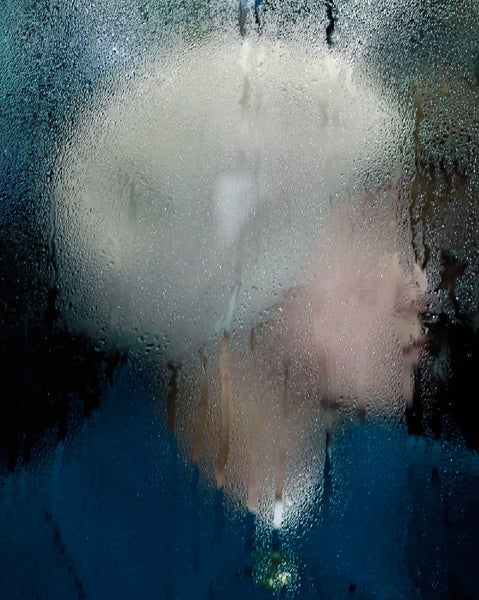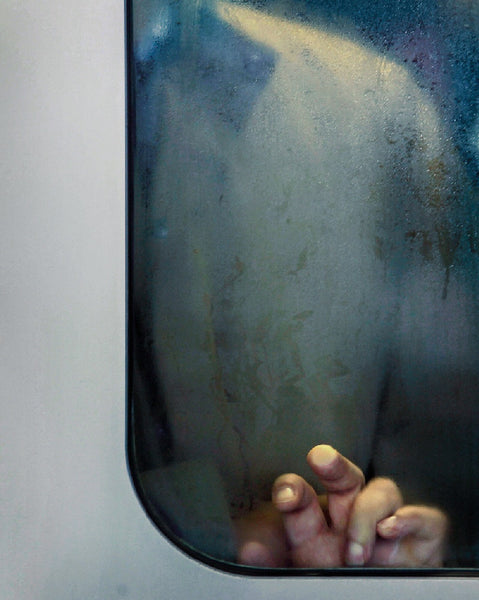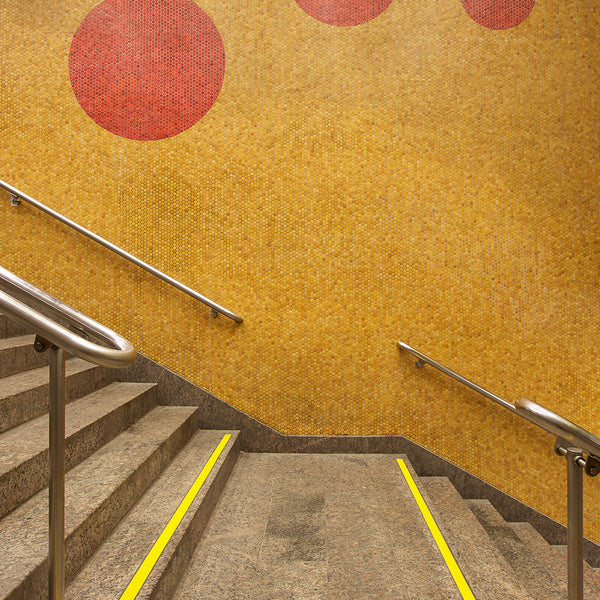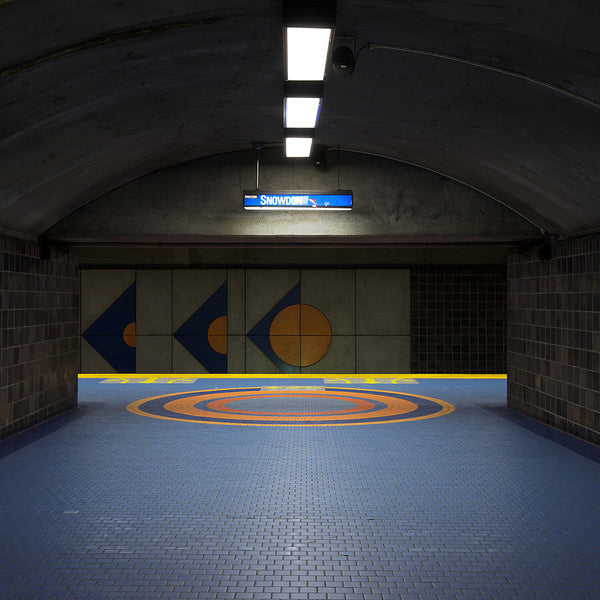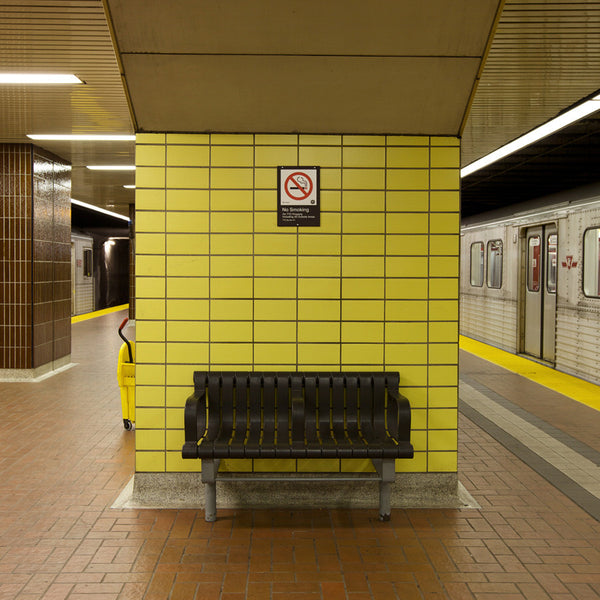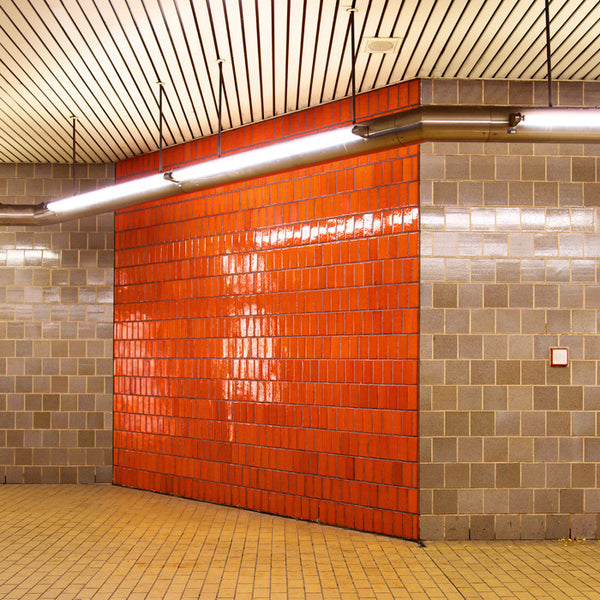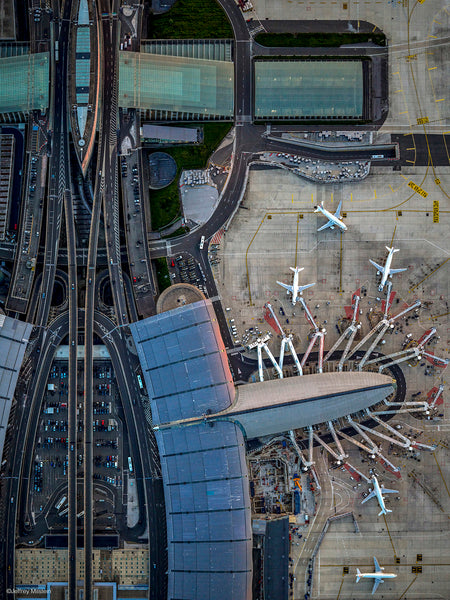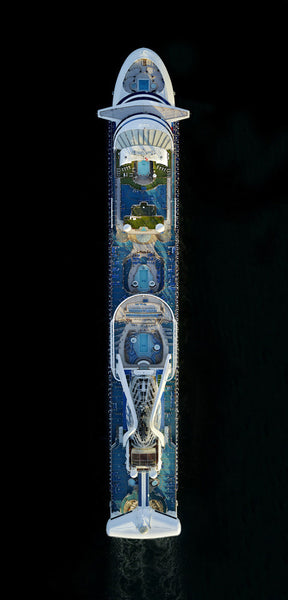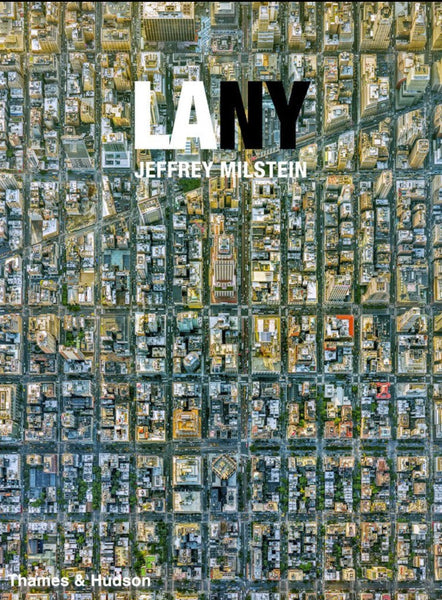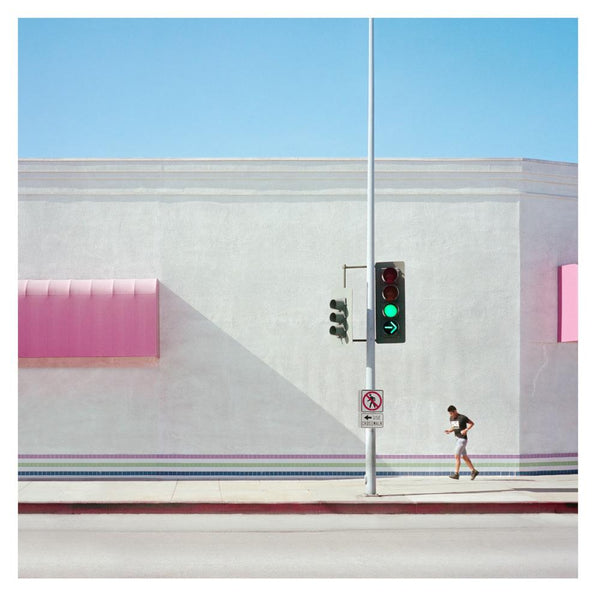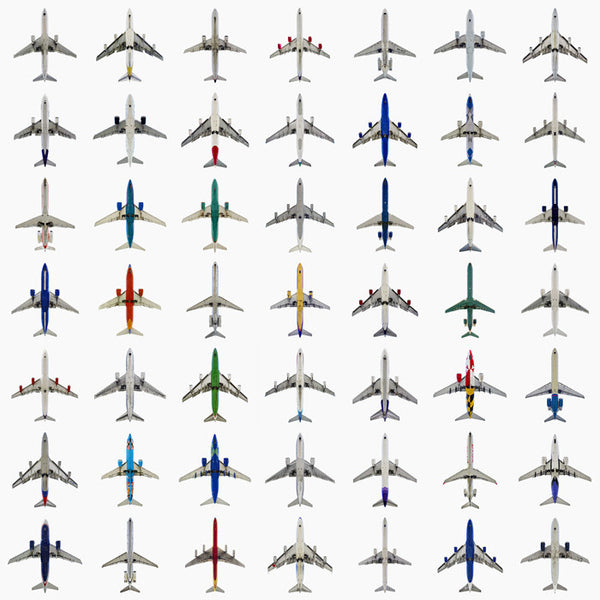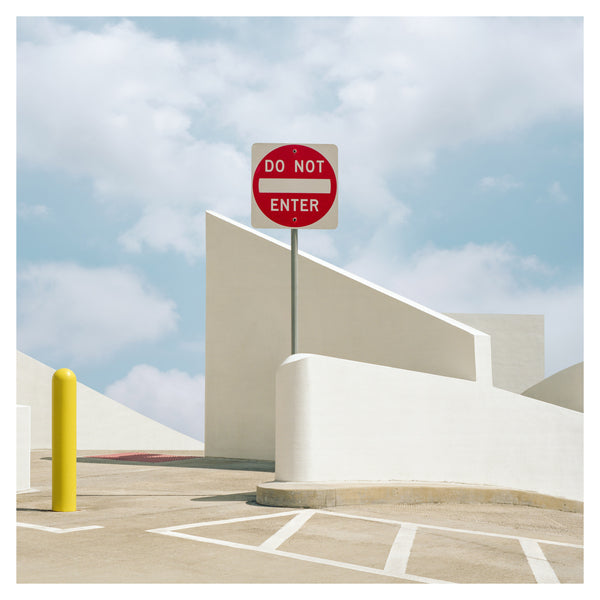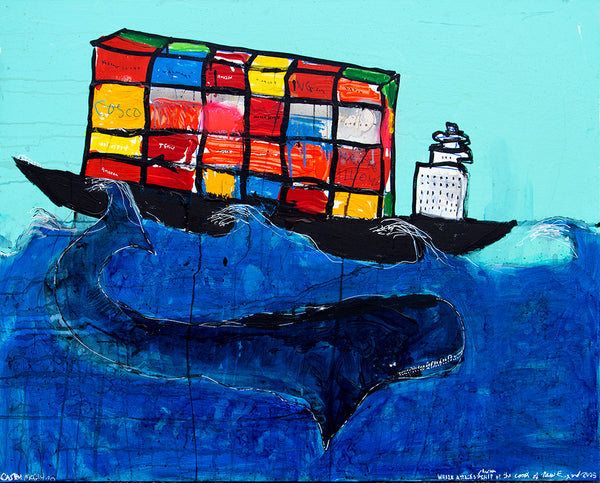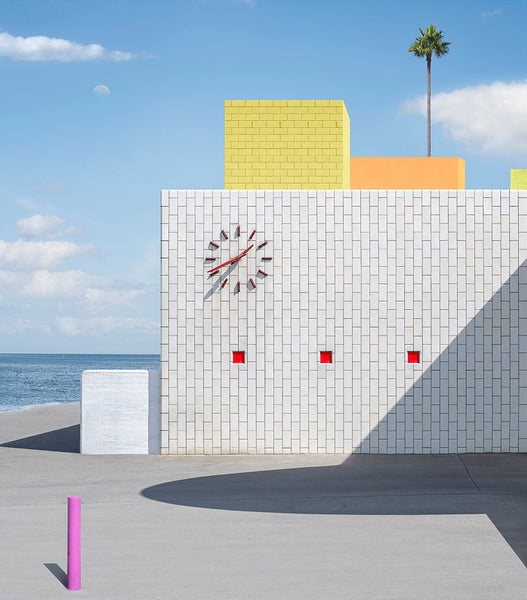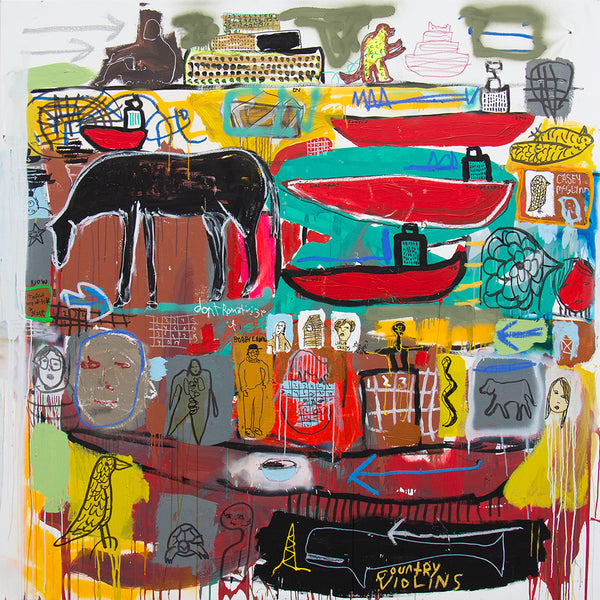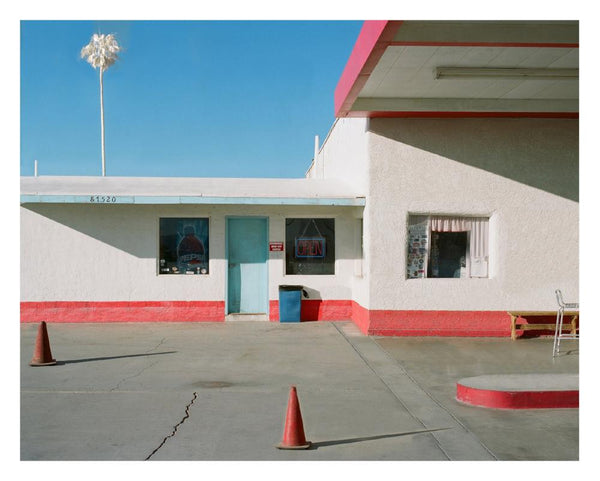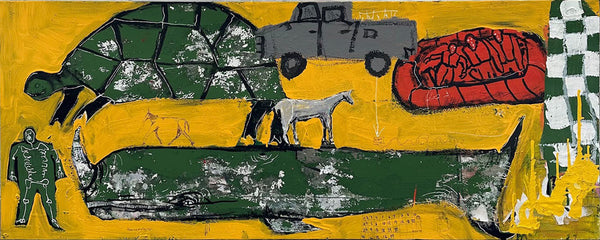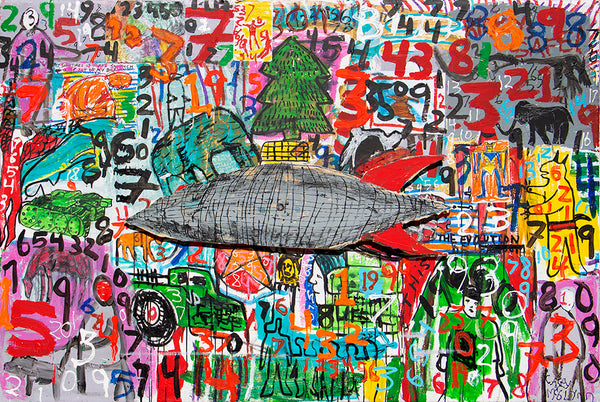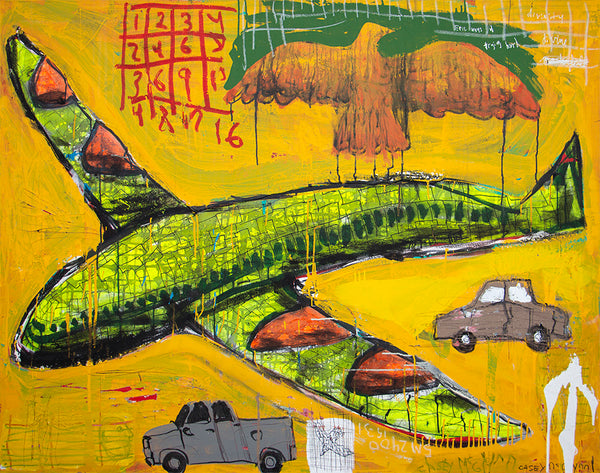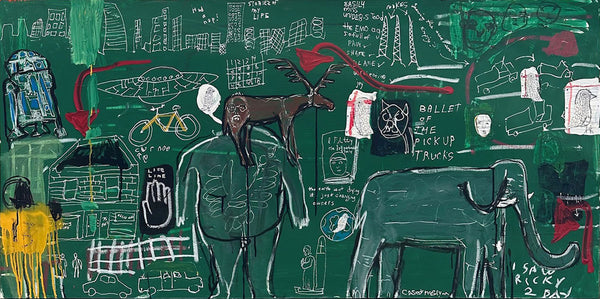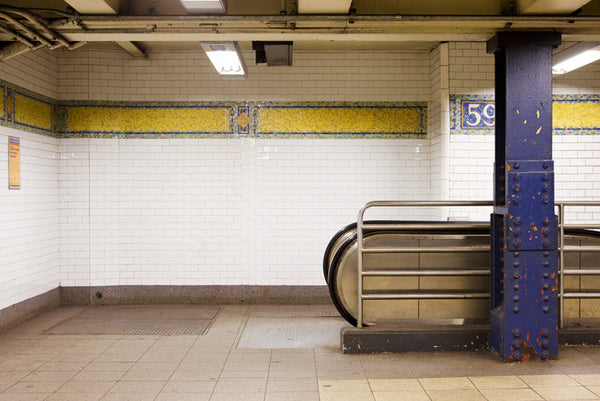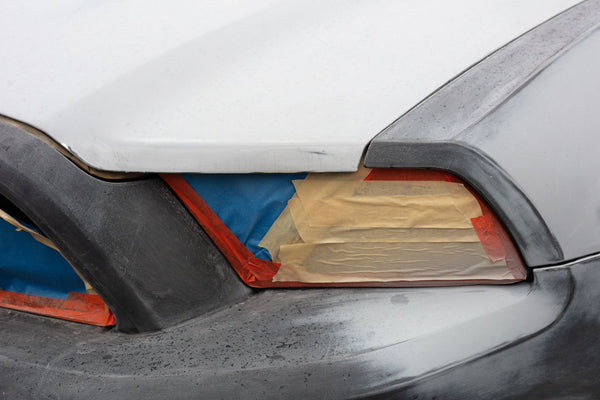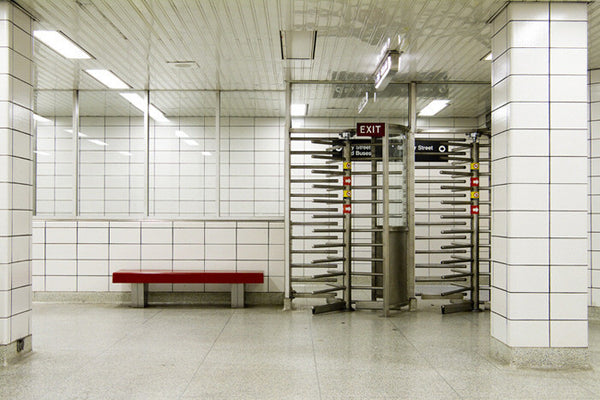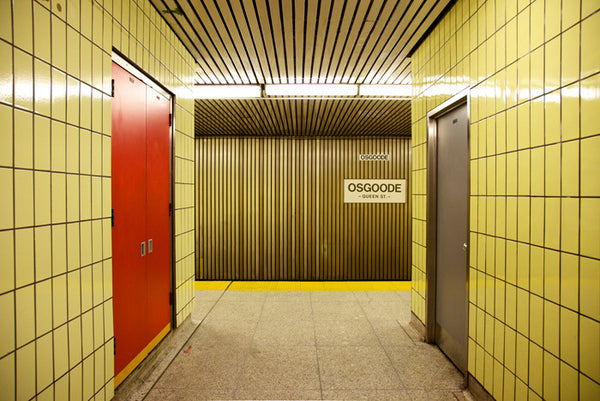CURATOR'S SELECTION:
In Transit
Across art history, images of transportation have offered more than records of technological progress: they have reflected humanity’s enduring desire to move, explore, and imagine the world around us. From early industrial-age paintings that celebrated the locomotive to contemporary photography capturing the aerodynamics of modern flight, artists have long translated the poetry of motion into visual form. In Transit, our Winter Curator's Selection presents works that trace our evolving relationship with the machines that carry us between literal and imagined worlds. In this exhibition, planes, cars, rockets, trains, subways, and boats appear not merely as vessels, but as cultural symbols shaped by aspiration and the demands of modern life.
Featuring Jeffrey Milstein, Chris Shepherd, George Byrne, Michael Wolf, and Casey McGlynn, the exhibition brings together photography, painting, mixed media, and sculpture to examine the beauty and complexity embedded in everyday travel. Milstein’s aerial precision, Shepherd’s urban dynamism, Byrne’s chromatic re-ordering of cityscapes, Wolf’s intimate studies of metropolitan density, and McGlynn’s expressive, story-filled constructions collectively reveal transportation as both infrastructure and metaphor. We invite you to reconsider the vehicles that guide our movements as central players in the narrative of how we navigate, experience, and ultimately understand our world.






